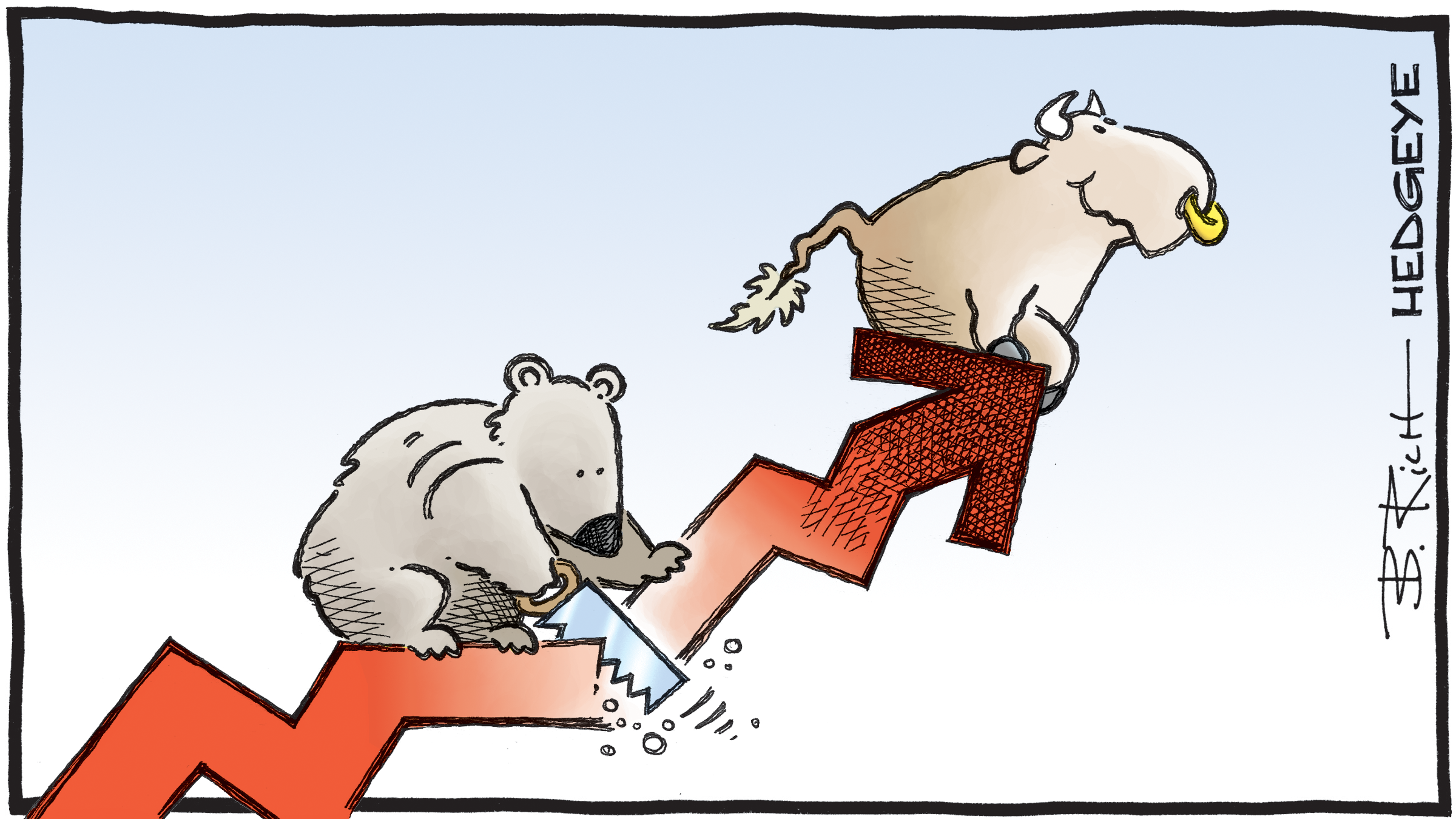In part one of our blog series Why the Rally in Bank Stocks Can Continue, we discussed the improving clarity on loan losses and reserve levels, and we began examining the potential for cost saves. This week, we continue from where we left off.
Cost Savings
Another way we expect banks to capitalize on cost saves and enhance digital capabilities is via consolidation. While we continue to expect limited mergers and acquisitions (M&A) activity for the remainder of 2020, we are expecting a rebound in 2021. By this time, we should have even more clarity regarding credit quality and the economy, which should facilitate deal making. Additionally, management teams we’ve spoken with expect merger activity to return in 2021 given the need for banks to achieve economies of scale in a post-COVID world and to expand digital banking capabilities. To illustrate the long-term industry consolidation thesis (and the potential for returns given acquisition premiums and economies of scale), there are ~4,300 banks in the United States as compared to nearly 7,000 ten years ago, with ~850 being publicly traded.
This compares to 88 banks in Canada, only 11 of them publicly traded. In Australia, there are 39 banks, only 9 of them publicly traded. Clearly, there are too many independent banks in the USA, especially given the rise of digital banking and de-emphasis of branch banking. Some experts believe the impact of COVID on the industry will even accelerate consolidation activity beyond pre-COVID levels.
Bargain Basement Valuations
Despite positive developments and the recent rally, the bank sector is still trading at bottom decile valuations on price relative to tangible book value. This is partially understandable given ultra-low interest rates, some remaining uncertainty regarding credit quality, and a modest loan growth outlook. However, given the improving outlook for credit quality, loss reserves, cost saves, and M&A – we believe these positives are being overlooked by traditional investors. Bank stock multiples should continue to re-rate with increased clarity on the vaccine rollout, the economy, and credit quality in the coming months. We also expect loan growth to pick up in 2021 assuming the recovery continues and loan pre-payment activity naturally subsides.
Potential for Higher Interest Rates
While interest rates are out of the control of banks, we believe the market is not reflecting the possibility of higher interest rates in coming years. As stated earlier, there is a chance that unprecedented fiscal and monetary stimulus will lead to higher inflation and, as a result, higher interest rates. A number of Fed officials have stated their willingness to hike rates before 2023 assuming inflation picks up. Such a scenario will be a major tailwind for the bank sector, and in contrast to the consensus view. In the interim, we expect mortgage banking fees to remain elevated given the low-rate environment which is a partial offset. On the topic of fees, we also expect banks to raise service charges in the near-future, which would be helpful to earnings (service fees were waived in Q1 / Q2 to support customers). Finally, we expect robust investment banking fees to persist given market volatility.
A re-rating of the sector can also accelerate should banks resume share repurchases. This supports the sector from additional buying interest, and as a vote of confidence. Large banks such as JPMorgan Chase have stated their willingness to resume share repurchases in early 2021, given strong capital generation. The resurgence of M&A activity is another re-rating catalyst for banks going forward, and we are hopeful deal making will rebound in 2021. We are encouraged by large merger announcements in recent weeks between PNC / BBVA USA, and First Citizens / CIT Group. Both deals have been well-received by investors, with the acquirers exhibiting strong share price performance post-announcement.
We are closely monitoring the bank landscape and will be ready to add exposure if positive developments continue to unfold; especially with the sector trading at a multi-decade valuation low.
Source: Prospector Partners
11600437-UFD-12/08/2020








